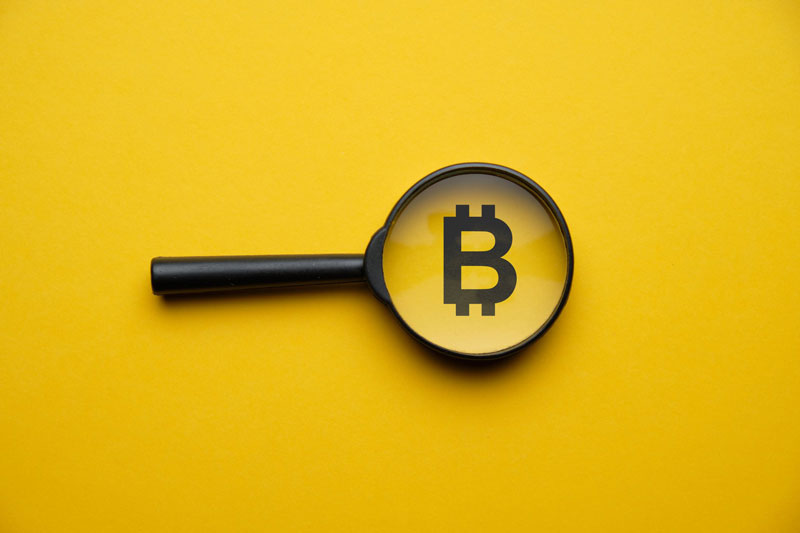One of the key concerns of every cryptocurrency creator is the issue of double-spending. This refers to an individual spending a balance of that cryptocurrency more than once, thereby generating a mismatch between the spending record and the amount of that cryptocurrency accessible and the method that it is allocated. Paying for a sandwich with a $10 bill means you can't spend that same $10 elsewhere after handing it over.
What is Double-Spending?
Double-spending is making two separate purchases with the same amount of money. To illustrate this point, here is an example: There are many examples of this, such as going to an ice cream parlor and paying $15 for a product in cash. When this transaction takes place in cash, you cannot use the same money again since it lies in the cash vault of the ice cream business.
Now imagine that you must pay for your ice cream with digital money rather than with actual cash. Thus there is a likelihood that one can duplicate the transaction and rebroadcast it. Double-spending occurs as a result of using the same digital money twice.
How can Blockchain Combat Double-Spending?

Double-spending is one of the issues that has been addressed by blockchain technology, which has risen to prominence. It eliminates all of the snags caused by our current technology. As far as cryptocurrency is concerned, Blockchain has a global ledger disseminated to all network peers and implements the confirmation method. Any transaction or data exchange on this platform has the data kept in chronological order and is time-stamped.
Double Spending Attacks
An assault by a miner that controls more than 50% of the computer power that validates transactions, produces blocks, and awards bitcoin is the most serious threat to blockchains.
They will be able to influence transaction consensus and award cash if they have control of a large portion of the Blockchain's hashing power. However, young or forked cryptocurrency networks are vulnerable to this assault because of the lower number of miners and greater hashing difficulty they have attained.
What Are Examples of Double Spending Attacks?

Miners with malicious intent may be able to double spend thanks to a variety of methods. Finney, race, 51 percent, career, and unconfirmed transaction assaults are included.
Attack 51%
Double-spending occurs as the attacker gains control of 51% of the network's hash power. Computational resources utilized to verify transactions and blocks are called "Hash Power." It's possible for an attacker who gains control to reverse the transaction and create a private Blockchain that looks authentic, but this hasn't been attempted because gaining 51% control of the network would require an enormous amount of money and effort.
Race Attack
The attacker quickly transfers the same coin to several addresses in this scenario. A 50% chance of getting the double-spent currency if the merchant doesn't wait for confirmation is possible.
How Blockchain Prevents Double-Spending
This is an example of someone trying to spend the same amount of money twice in a single transaction. It isn't possible since once the transaction is launched, it's added to the pool of transactions that have yet to be confirmed.
The miners only verify and validate the initial transaction on Blockchain. Miners are aware of the invalidity of the second comparable transaction. Thus it doesn't receive enough confirmations.
How about if both of these transactions occur simultaneously? There are times when a transaction is included on a Blockchain only if the miners have confirmed it the most. It is recommended that the merchants wait for at least six confirmations before selling.
Why is Double-Spending a Concern with Bitcoin?
Cash and digital money are not the same things. When you use digital cash to make a purchase, the transaction is broadcast to all of the network's 'nodes' (nodes are computers that run the software on which the currency is supported). These nodes must wait for the transaction to be received and confirmed by the other nodes. Because of this, there is an issue with rebroadcasting a transaction before it has been verified on the network.
Explaining Proof of Work and "Mining."
Let's get into the nitty-gritty now. Hashes, which are lengthy sequences of integers that serve as proof of work, are how users discover manipulation, such as a double-spending attempt (PoW). Only a single hash may be generated from a particular data collection when run through a hash function (SHA-256 is used in Bitcoin).
If you make even a small alteration to the original data, your hash will become unrecognizable due to the "avalanche effect." The hash created by a particular function will be the same length, regardless of the size of the underlying data set.
Conclusion
By timestamping groupings of transactions and disseminating them to all nodes in the bitcoin network, the blockchain eliminates double-spending. Transactions on the blockchain are immutable because they are time-stamped and mathematically linked to prior ones.

A Guide to Understand Present Value VS. Net Present Value: What's The Difference?

Are There Tax-Exempt Mutual Funds Available?

How Does Mortgage Interest Work?

Faster Ways to Pay Off Your Mortgage

Getting a Down Payment for a House in an Unusual Way

What Prevents Bitcoins From Being Double-Spent?

An Eccentric Guide to Learn What is a Billing Address?

What Exactly Is a Notarized Signature?

12 Money Personality Types: Which One Are You?

All You Need to Know About What is a Dividend?

Best Airline ETFs To Buy in 2022
